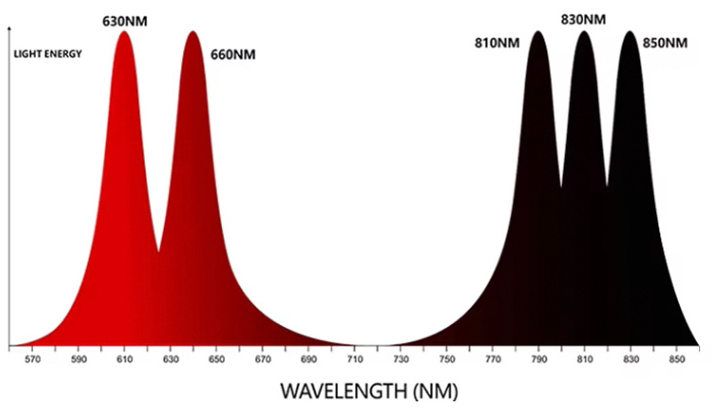RLT has a wide range of effects at the molecular, cellular and tissue levels. The basic biological mechanism behind its action is thought to be through the absorption of red and near-infrared (NIR) light by chromophores, particularly cytochrome c oxidase (CCO), which is located in Complex IV of the electron transport chain (also known as the respiratory chain) in the mitochondria (perhaps also a chromophore in the plasma membrane). This leads to a cascade of events in the mitochondria that result in various biological stimuli . When the absorption spectra of CCO in different oxidation states were recorded, they were found to be very similar to the action spectra of RLT biological responses.
What is Red Light Therapy?
Red light therapy, also known as red light therapy, is a type of light therapy and natural therapy. It is also known as low-level laser therapy (LLLT) and photo biomodulation therapy (PBM). Red light therapy is a painless and side-effect-free innovative medical technology that changes the way we deal with pain, reduce inflammation and improve health.
Red light has wavelengths between 620 to 750 nm. Near-infrared light, which is a longer wavelength light (up to 1.200 nm). Both lights are used to treat skin and other health conditions.

RED vs NIR
630nm & 660nm Red Light
Stimulates collagen regeneration, tightens the skin, and reduces wrinkles.
810nm & 830nm & 850nm Infrared Light
Promotes blood circulation, reduces inflammation, and facilitates wound healing.

The Science Behind RLT

What are the Benefits of Red Light Therapy?
Boost energy & immunity
Reduces hair loss
Enhances physical vitality
Improve sexual performance
Speed up recovery
Improve insomnia
Improve cognitive function
Anti-aging on the skin
Improve mood
Improve metabolism
Improve joint health
Immunity improvement
Clinically proven wavelengths for optimal results
Each wavelength, or color of light, stimulates a specific skin response:
♦ Red (630 nm) reduces inflammation, pigmentation, and redness and helps prompt cellular repair and circulation for a more vibrant complexion.
♦ Red (650 nm)
♦ Near-infrared (810 nm)
♦ Near-infrared (830 nm) targets deeper fibroblast cells, stimulating new collagen and elastin production, resulting in plumper, firmer, more youthful looking skin.
♦ Near-infrared (850 nm)







